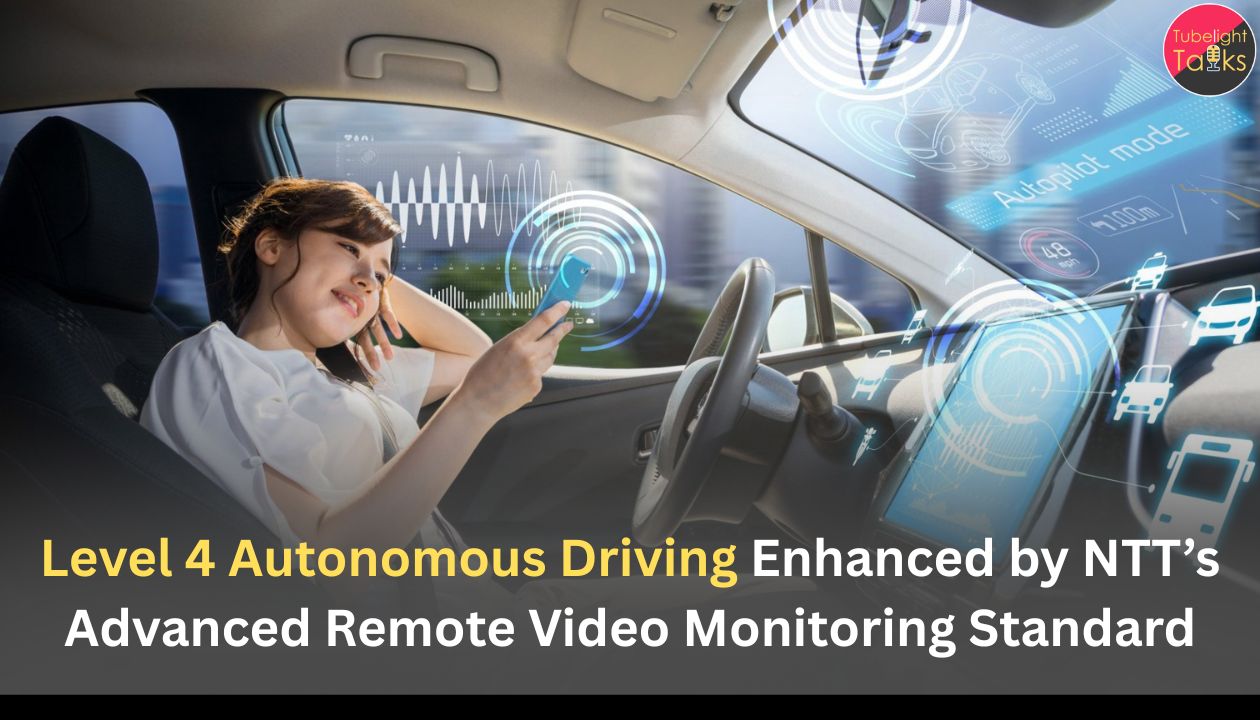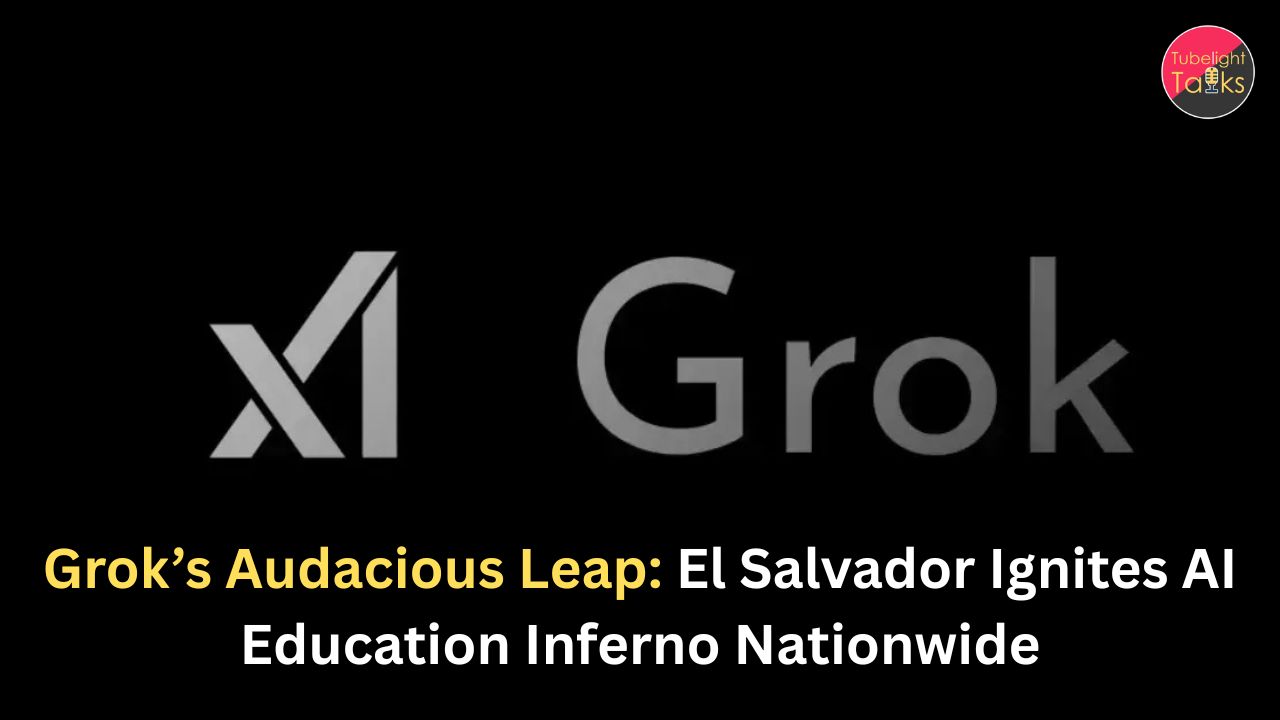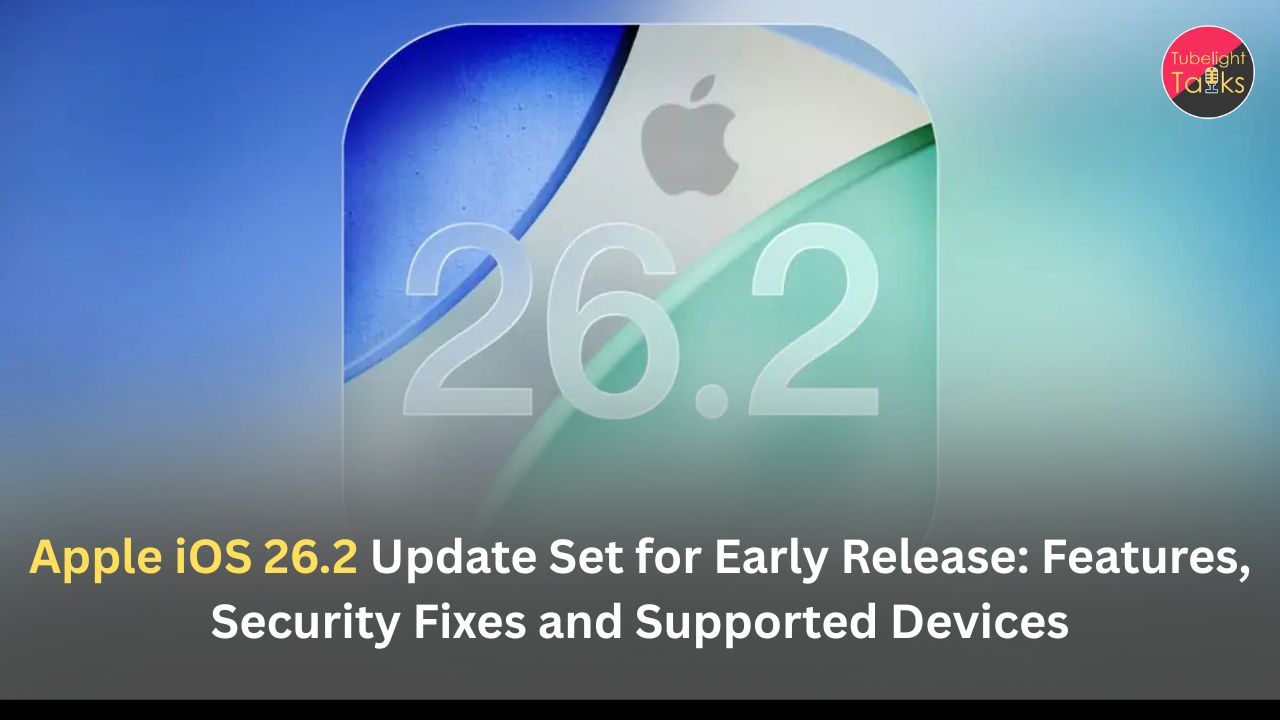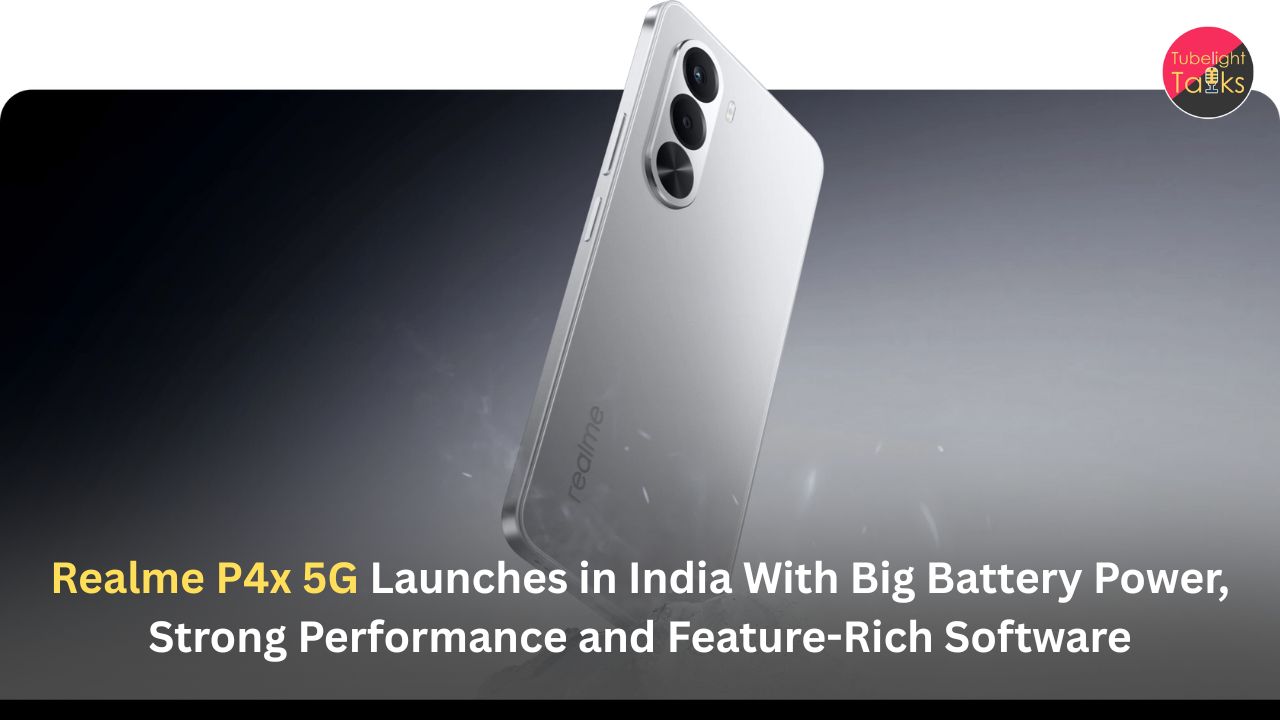Level 4 Autonomous Driving: In a crucial development for autonomous mobility and remote‑vehicle oversight, Japanese technology giant NTT, Inc. has announced that it has developed a “Parametric object‑recognition‑ratio‑estimation model” to assess whether video transmitted from an autonomous vehicle to a remote control station is of sufficient quality to reliably detect objects in front of the vehicle.
This model has now been formalised through the International Telecommunication Union’s Telecommunication Standardization Sector (ITU‑T) as Recommendation P.1199.
What the Standard Covers
Key Features
- The model uses input parameters such as video bitrate, resolution, frame rate, the number of frozen video frames caused by packet loss, and vehicle speed to estimate the “object‑recognition ratio”—i.e., the probability that a remote human operator can recognise a suddenly appearing object (pedestrian, debris, another vehicle) using video feed.
- Four operational “modes” are defined:
- Mode 0: Video stream info (bitrate, resolution, frame rate) + packet loss.
- Mode 1: Video stream info + frozen frames.
- Mode 2: Video stream info + packet loss + vehicle velocity.
- Mode 3: Video stream info + frozen frames + vehicle velocity.
- Mode 0: Video stream info (bitrate, resolution, frame rate) + packet loss.
- The new standard enables real‑time alerts: if video quality drops below a threshold and remote monitoring becomes unreliable, the system can trigger warnings or take preventive action (e.g., slow down the vehicle).
Why It Matters
- For Level 4 autonomous vehicles—which operate without human intervention under defined conditions—the requirement often includes a remote operator or remote monitoring station. Ensuring the video feed from vehicle to control room is reliable is critical for safety.
- Prior to this standard, there was no robust criterion for when a video feed was too degraded for a remote operator to safely monitor an autonomous vehicle’s surroundings. The standard fills that gap.
Strategic Implications for Industry
For Automakers and System Providers
- OEMs (original equipment manufacturers) and mobility‑system providers can now integrate P.1199‑compliant video assessment modules into remote monitoring platforms, enabling safer remote supervision of AV fleets.
- This standard strengthens trust in autonomy systems, especially for use‑cases like robotaxis, driverless shuttles, or teleoperator support in case of system fallback.
For Connectivity & Network Infrastructure
- Telemetry, video streaming and sensor data must meet stringent quality criteria. Networks (5G/6G, V2X) need to support high‑bitrate, low‑latency and low‑packet‑loss conditions.
- Service providers and infrastructure vendors gain a clear benchmark for delivering compliant remote‑video streams.
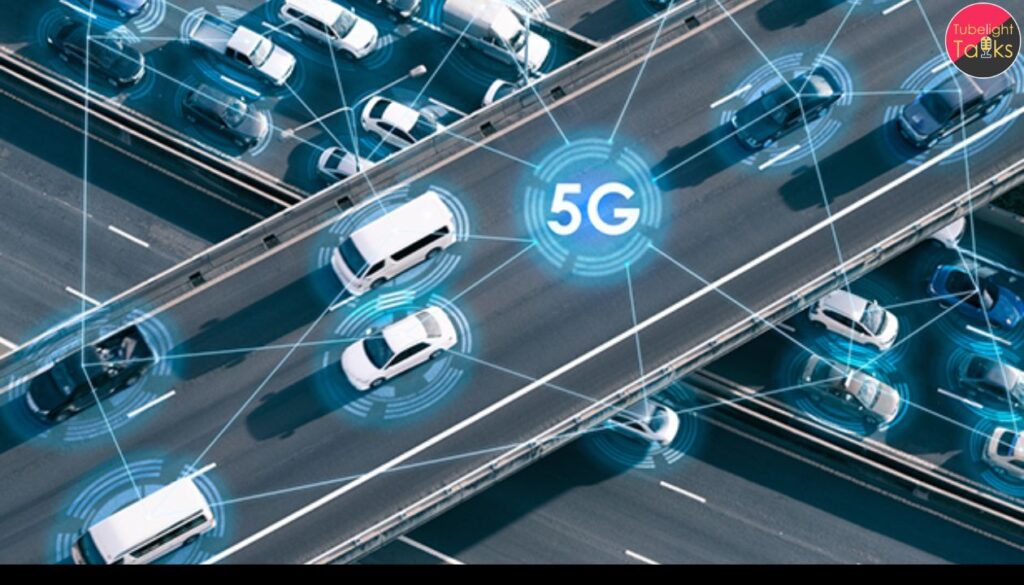
For Regulators and Safety Certifiers
- Transportation and automotive regulators can reference P.1199 when evaluating remote monitoring systems for autonomous vehicles.
- It provides a quantitative metric for safety compliance relating to visual recognition from remote feeds.
Challenges & Considerations
Technical Challenges
- Implementing real‑time measurement of frozen frames, bitrate and resolution under varying network conditions remains complex.
- Vehicle speed and changing environments (lighting, weather) affect object recognition; calibration is required.
- Network variability in remote areas may make compliance difficult for some fleets.
Commercial & Deployment Hurdles
- Adoption will require investment in hardware (cameras & encoders), software (recognition algorithms), and connectivity upgrades.
- Smaller mobility providers may face cost barriers to meeting the standard.
Broader Ecosystem Impact
This advancement reflects the wider evolution of autonomous driving from purely onboard systems (sensors, fusion, actuators) to remote supervision and tele‑operation layers. As vehicles progress to Level 4 and beyond, reliance on networked monitoring and remote decision‑support becomes more critical—and standards like P.1199 help anchor that evolution.
Also Read: Global Innovation Index 2025: Innovation at a crossroads
Technology with Discernment
A Message from Sant Rampal Ji Maharaj
While technological innovation propels society forward, Sant Rampal Ji Maharaj reminds us that inner clarity and discernment are equally important. In the context of autonomous systems:
“Machines may observe and act, but the human soul must recognise the object of truth — the Supreme God. Just as video quality must be sufficient for object detection, our hearts must be clear to recognise what is good, true, and eternal.”
His teachings encourage us to develop technology not just for speed and capacity, but for wisdom, service and protection of life. As remote vehicles rely on pristine video feeds to detect objects and avoid hazards, so too must humans rely on clear vision of virtue and purpose.
🔗 Learn more at JagatGuruRampalJi.org
Call to Action: Embrace Safer Autonomous Innovation
Implement, Monitor, and Improve
Moving toward a future where remote vehicles are safer and smarter
- Automotive OEMs and mobility services should incorporate P.1199‑based modules into their remote monitoring pipelines.
- Infrastructure providers must ensure network conditions support high‑quality video streams under mobility and varying terrain.
- Regulators should adopt the standard as a benchmark for approving remote monitoring systems in Level 4 AV usage.
- Researchers and tech leaders should continue innovating on video‑quality resilience, especially under constrained network scenarios.
FAQs: ITU-T Recommendations
Q1. What is ITU‑T Recommendation P.1199?
It’s a standard that defines a “parametric object‑recognition‑ratio‑estimation model” to assess whether remote‑monitoring video from autonomous vehicles is good enough for operators to recognise objects.
Q2. Who developed this technology?
NTT, Inc. developed the model and had it approved by ITU‑T Study Group 12 in November 2025.
Q3. Why is video‑quality assessment needed in autonomous driving?
In Level 4 vehicles that depend on remote monitoring, if video quality degrades (low resolution, frozen frames, packet loss), remote operators may fail to detect hazards—this standard helps prevent that.
Q4. What parameters are evaluated?
Key parameters include video bitrate, resolution, frame rate, frozen‑frame count from packet loss, and vehicle velocity.
Q5. How does this relate to India or other markets?
As autonomous driving grows in India and globally, standardisation like P.1199 offers a benchmark for safe remote monitoring—meaning better safety, regulation and commercial deployment globally.
Q6. Is this only for remote monitoring, not onboard systems?
Yes — this standard targets video feeds delivered from autonomous vehicles to remote operators or control rooms, not purely onboard sensor‑fusion systems.






